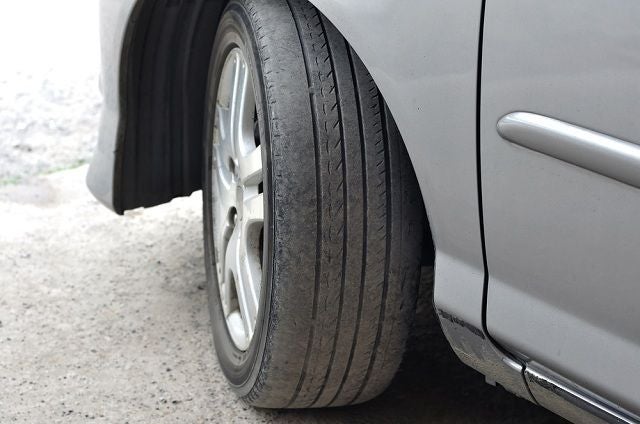Once you have purchased a new car, one of the many things you do is to head to an accessories store to deck up the new vehicle with things that make it jazzier. One of the aftermarket things is a new set of alloy wheels along with new tyres. These can surely give your car the extra oomph but can even damage the vehicle. If your car has come with steel wheels and narrow tires, it makes incredible sense to change to allow with wider tyres, but you need to know a thing or two about upsizing car tyres before you go ahead with this. Given below are the advantages of upsizing car tyres.
Also Read: Benefits of Tubeless Tyre in Cars

Looks Stylish
Of course, one of the biggest reasons one goes for a bigger set of tires and alloys is the better looks he gets for his vehicle. A pair of stylish alloys enhances the looks of a vehicle like nothing else.
Weight Reduction
There is something called unsprung weight that goes on to have a major effect on the performance of the vehicle. A car's unsprung weight is the result of the weight of the wheel, tyre, and suspension. Basically, the weight of the car's components rests on—the lesser the unsprung weight, the better the performance. Hence, going for alloys and low-profile tires directly affects weight reduction and, hence, better performance.
Also Read: Brake System In Cars Explained in Detail
Better Fuel Efficiency
Having a lighter set of wheels and tyres not only improves the performance but even has a direct effect on fuel efficiency, especially when you're driving around in city traffic.

Better Braking
Yet another benefit of upsizing your car tyres is improved braking that helps you de-accelerate quicker than you can accelerate.
Better Cooling for Brakes
There is something called brake fade, which is a phenomenon that occurs when your braking system gets too hot. In case you have upsized to a lighter set of alloys, your brakes don't get hot as quickly, which, in turn, improves the braking performance.
Also Read: How to Avoid Blind Spots and Blind Spot Accidents?
Better Handling
Other than improving the performance and the braking in a straight line, a new set of alloy wheels and wider tires also lead to improved handling, which, in turn, leads to better performance overall. With a set of better tires and alloys, the cornering performance, especially the responsiveness of the steering and the turn-in, improves drastically.
Also Read: Buying a car online vs. dealership
How to Upsize Car Tyres and Wheels?
One of the first things to take into account is the scope one has to deviate from the stock settings of the tyres and the wheels. In order to calculate the total diameter of the car's diameter, one has to add the diameter of the wheel to that of the sidewall. For this, you need to look at the tires and note their size. For example, the tyre size might be 175/70/R13, in which case the 175 is for the size of the contact patch of the tyre in millimetres, 70 is the height of the sidewall, R is for radial, and 13 is for the diameter of the wheel in inches.
For upgrading, the size of the tyre can't be increased beyond 3% of the original diameter. Anything beyond this will lead to the tyre coming in contact with the bodyshell. This is not only a safety hazard but also not good for the performance.

Also Read: How To Increase Car Life - Tips For A Car's Long Life
Choosing the Right Size
Once you have installed a new set of wheels, you should get behind the wheel and turn the steering from one extreme to another. This should be done in both directions, too, heck if the new wheels and tyres are touching the car's body when in extreme position. This can be potentially harmful, and it happens, you need to change to a different set altogether.
Not just this, it is also important to make sure that there is enough space between the wheel well and the tyre to absorb the bumps, failing which the rubber will come in contact with the car's body, and this is something that can have fatal consequences owing to a tyre burst.
What's Hot and What's Not
Of course, switching to an aftermarket set of wheels and lower-profile tyres improves the looks of the vehicle. More often than not, it even leads to better weight distribution, improved handling, and better performance. However, it could lead to lesser ride comfort and even lower fuel economy in case the new tyres have a much larger contact area.
In fact, a wider set of tires even reduces the top speed of the vehicle, and even the acceleration might be affected due to the increase in the contact area and the resultant increase in traction. All this will lead to a drop in the fuel economy. Finally, in case you are among those who need lighter steering, you should stick to the stock setup as wider tires will definitely lead to heavier steering.








.jpg&w=828&q=75)










-(1).jpg&w=828&q=75)










.webp&w=640&q=75)









